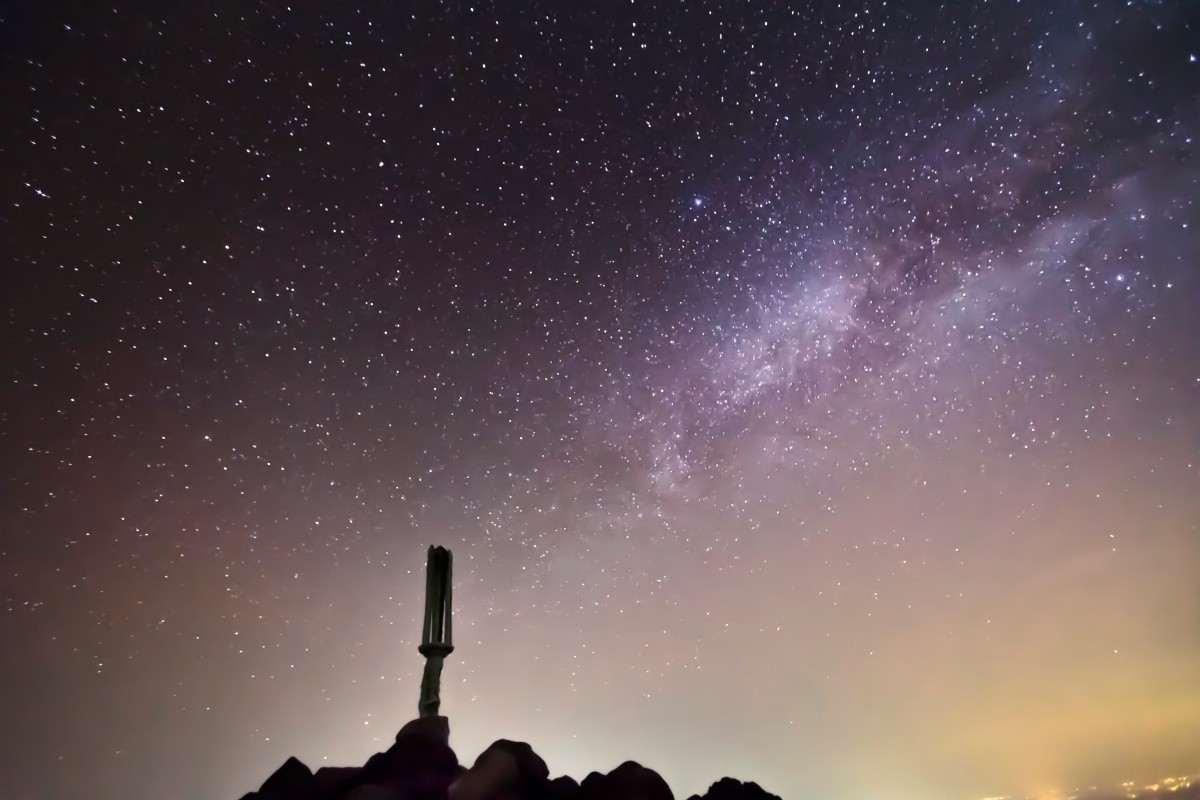
This is the final installment of our series where a current high school teacher explains the Kojiki, Japan’s oldest historical record containing myths, legends, and history, in an easy-to-understand way.
In our previous article, , we saw how the kind-hearted deity Ōkuninushi saved a white rabbit and came to rule the land of Izumo.
Then, a messenger from Takamagahara (the High Plain of Heaven) arrived, sent by Amaterasu, telling him to hand over the land. What did Ōkuninushi do in response? And what exactly happened in the famous climax of the Kojiki, known as the "Tenson Kōrin" (Descent of the Heavenly Grandson)?
This chapter is filled with messages the authors of the Kojiki wanted to pass down. Please enjoy this final installment at your leisure.
You can find the past articles in the series below.
1️⃣ Japan's oldest history book "Kojiki". What's the story? When was it made?
2️⃣An easy-to-understand introduction to the myth of Japan "Izanagi Izanami"! When was the country of Japan and God born?
3️⃣What are the Japan gods "Amaterasu" and "Susanoo"? The legend of the slaying of Yamata no Orochi is also introduced.
4️⃣What is the legend of the Japan myth "Inaba no White Rabbit"? Introducing places related to the area
👉 Read the Kojiki (Yahoo! Shopping)
*By purchasing or reserving products introduced in this article, a portion of the sales may be returned to FUN! JAPAN.
Ōkuninushi’s Ceding of the Land
1. A Messenger from Takamagahara
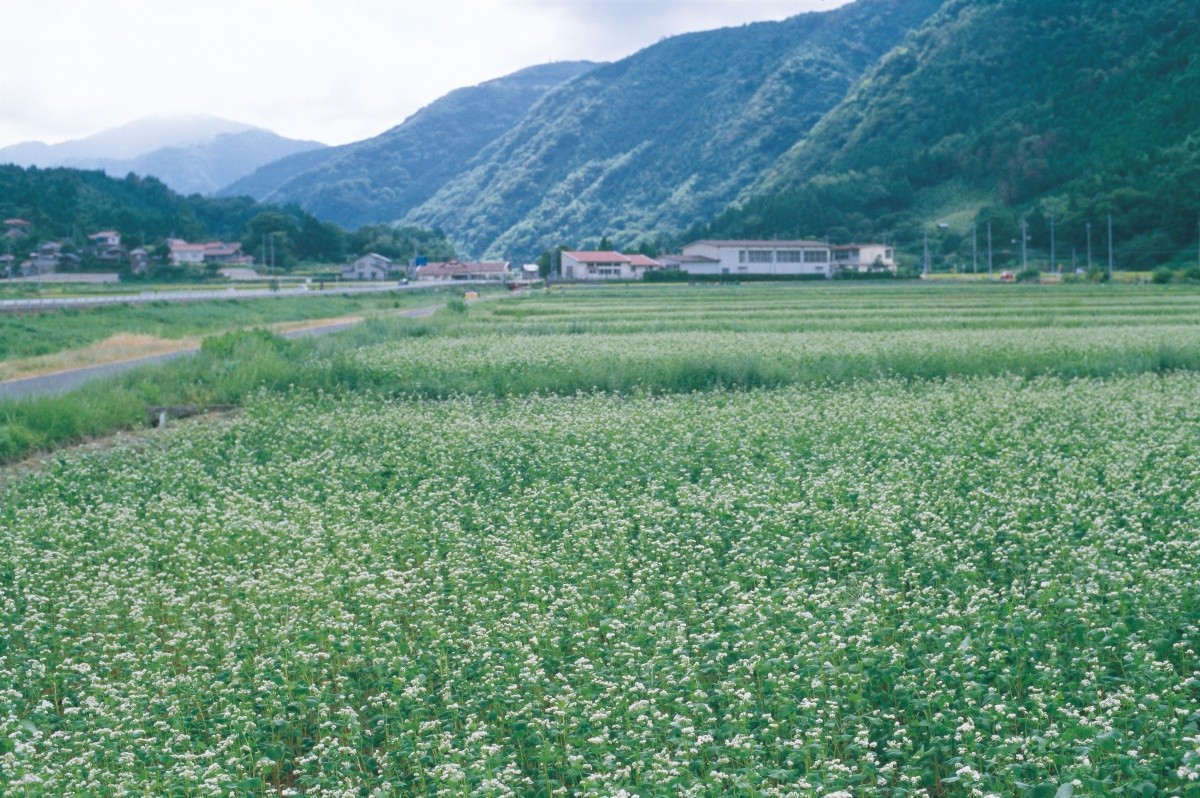
Present-day Izumo region (Photo courtesy of: Shimane Prefecture Tourism Association)
Ōkuninushi married Suserihime and worked on building the nation in Izumo (now Shimane Prefecture). He expanded farmland, introduced advanced agricultural techniques, and succeeded in producing a stable food supply. He also spread medical treatment methods. Ōkuninushi prioritized creating a country where the people living on the land could live peacefully.
Then one day, Amaterasu took action from Takamagahara.
Susanoo, who had once been banished from Takamagahara, was a troublemaker in Amaterasu’s eyes, someone who brought calamity. Amaterasu began to question whether it was truly right for a descendant of such a god to rule Ashihara no Nakatsukuni (the land of Japan). She believed she herself was more suitable to govern the earth.
Amaterasu sent a messenger to Ōkuninushi, commanding him to hand over the land of Izumo.
However, even after three years, nothing had changed. So, Amaterasu sent a second messenger. But again, eight years passed with no report from the second envoy.
In fact, both of these messengers had been skillfully persuaded by Ōkuninushi, gave up on the idea of claiming the land, and ended up marrying local women in Izumo and settling there.
As a final resort, Amaterasu sent Takemikazuchi.
Takemikazuchi was a god of the sword and unmatched in bravery—no one could rival him in battle.
When Takemikazuchi descended to Izumo, he said to Ōkuninushi:
"Amaterasu, the sun goddess, has declared that her descendants are meant to rule this land. Please yield this country to us and take on the role of ruling the underworld, following in the footsteps of your ancestor Susanoo."
Ōkuninushi consulted his two sons.
One of them agreed to hand over the land, but the other opposed it.
Thus, Takemikazuchi and the opposing son engaged in a contest of strength.
Takemikazuchi easily won, and Ōkuninushi reluctantly agreed to hand over the land of Izumo.
2. A Request to Build a Grand Shrine in Izumo
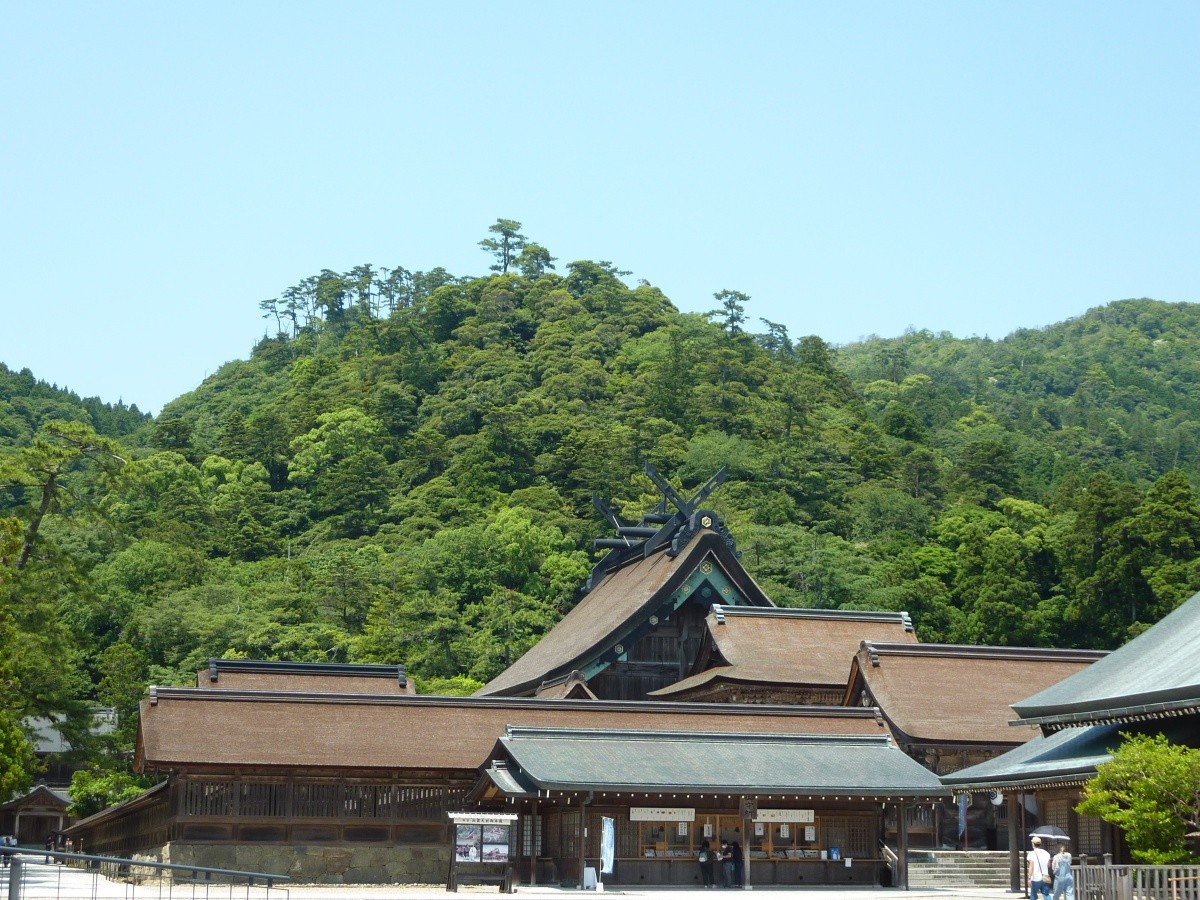
"I will yield the land. But before I go, may I ask for just one thing?"
Ōkuninushi had one lingering thought. It came from words once spoken to him by Susanoo.
—Rule over the land of Izumo and build a great shrine with thick pillars reaching down to the roots of the earth and a high roof soaring up to the heavens.
"Please build a great shrine in Izumo to leave behind proof that we once ruled this land."
"Very well. I promise," Takemikazuchi replied.
This is how the grand shrine built in Izumo came to be. That very shrine still exists today as Izumo Taisha.
3. Key Takeaways from the Story of the Land Transfer
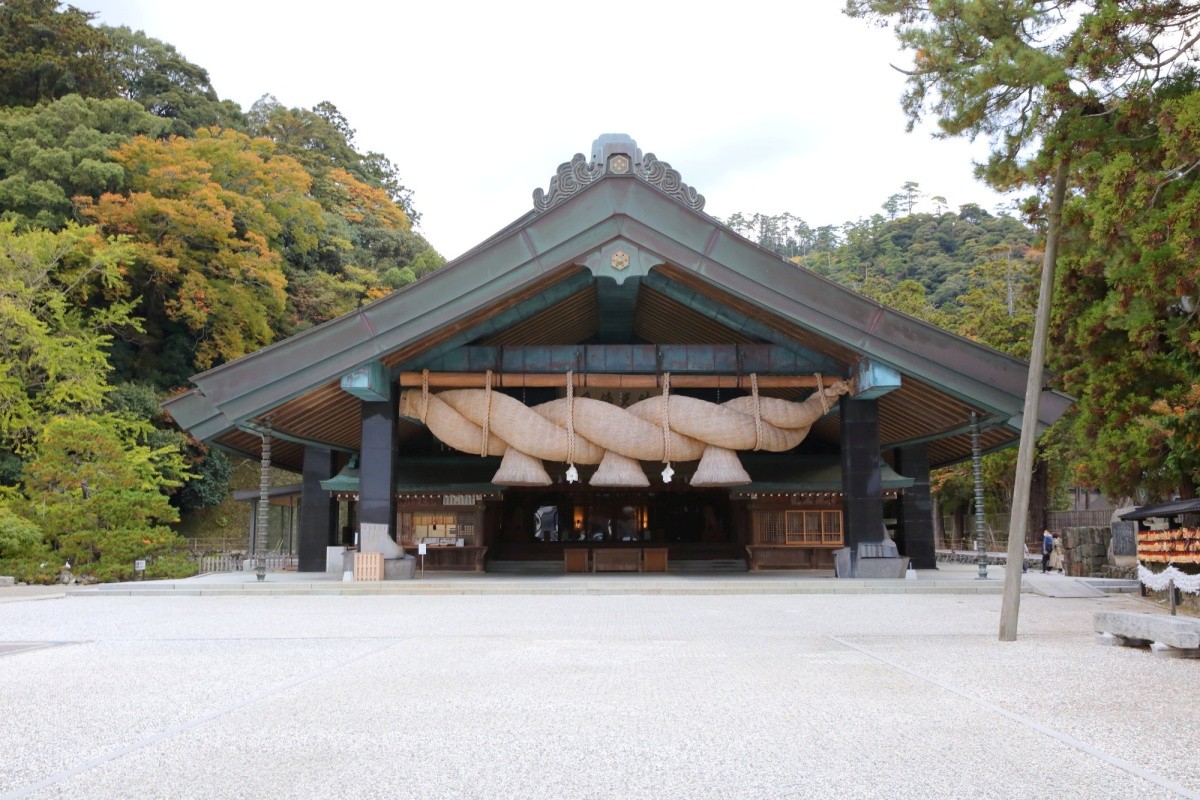
In ancient Japan, the Yamato government—what would become the central authority—worked to unify the country by subjugating local clans. Some scholars interpret the land transfer story in the Kojiki as reflecting the existence of a powerful opposing force in Izumo, centered around influential local rulers, resisting the Yamato regime.
From the story, we can see just how difficult it was to bring Izumo under Yamato control—Amaterasu’s two messengers failed even after three or eight years passed without success.
Ōkuninushi requested the construction of Izumo Taisha in exchange for giving up the land. It’s said that at the time, the roof of the shrine reached an incredible height of 96 meters, making it a super high-rise structure for its era. One distinctive feature of Izumo Taisha’s shimenawa (sacred rope) is that it is twisted in the opposite direction compared to those of most other shrines in Japan.
4. The Meaning Behind the Uniquely-Twisted Shimenawa Rope at Izumo Taisha
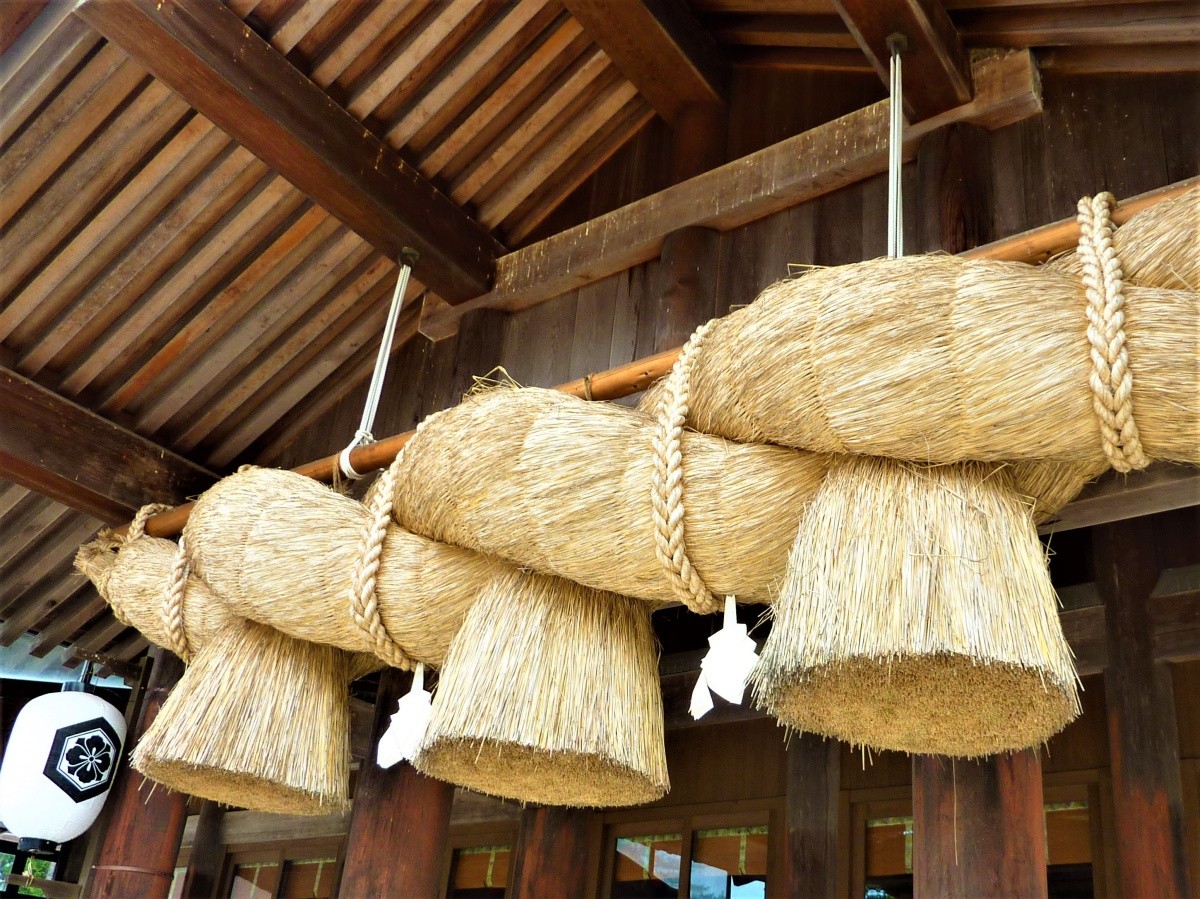
Among the many shrines across Japan, why is it that only the shimenawa (sacred straw rope) at Izumo Taisha is twisted in the opposite direction? It is said that this was a bitter decision that symbolizes the regret and quiet resistance of Ōkuninushi, who handed over his land. Some believe it was also a way to convey that the Izumo region was not only powerful but culturally distinct from Amaterasu's realm.
Up to this point, we’ve shared the story of Ōkuninushi founding the nation of Izumo, enriching and flourishing it, and eventually handing it over to Amaterasu—a tale known as Kuniyuzuri (Transfer of the Land). Next time, we’ll explore the story of how Amaterasu’s descendant actually received the land of Izumo, and how the imperial line, including Japan’s first emperor, was born.
5. A Land of Divine Connection
Izumo Taisha (Izumo Grand Shrine)
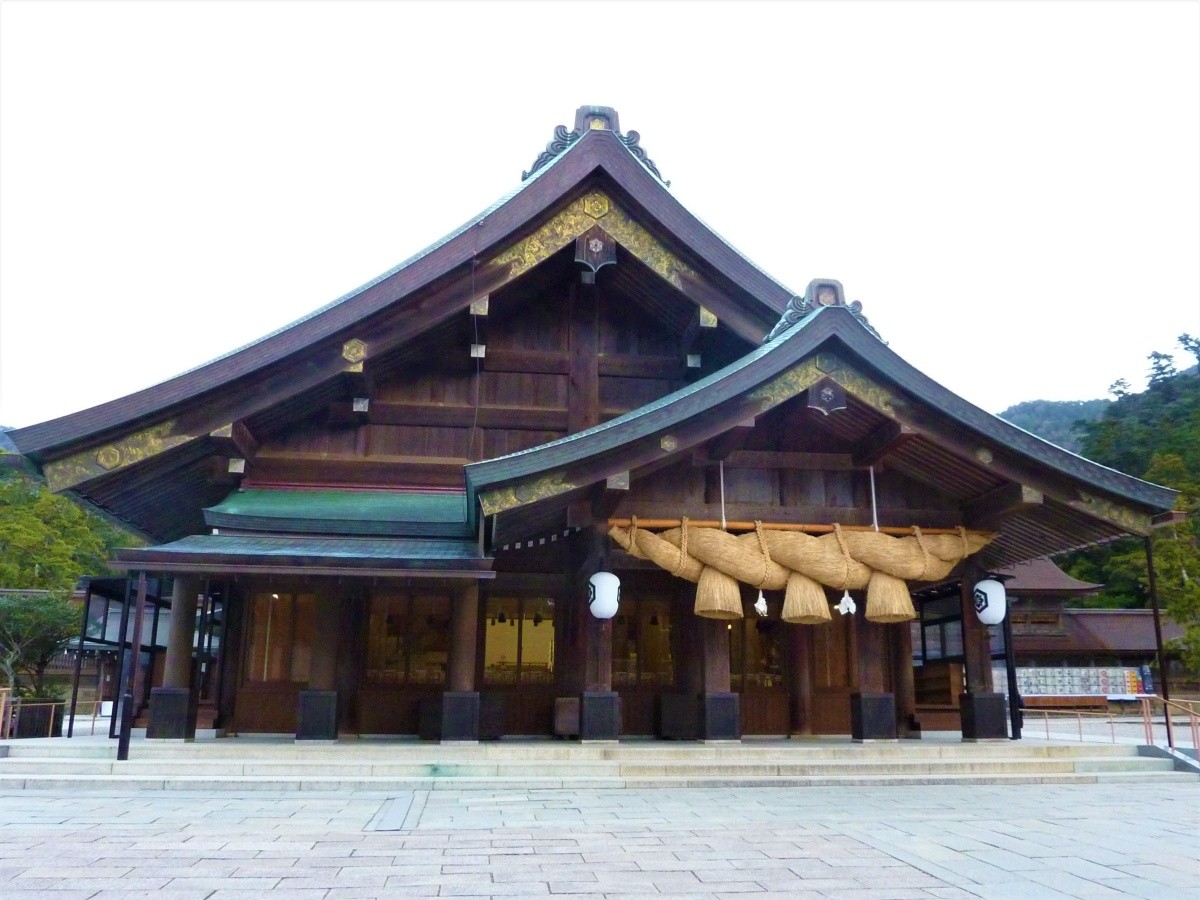
Built as one of the conditions for Ōkuninushi to hand over his land to Amaterasu. It is also worshipped as a shrine of matchmaking, stemming from the story of Ōkuninushi and his wife Suserihime. Its shimenawa is said to be the largest in Japan.
What Is Tenson Kōrin, the Descent of Amaterasu's Descendant?
1. Ninigi Descends to Earth
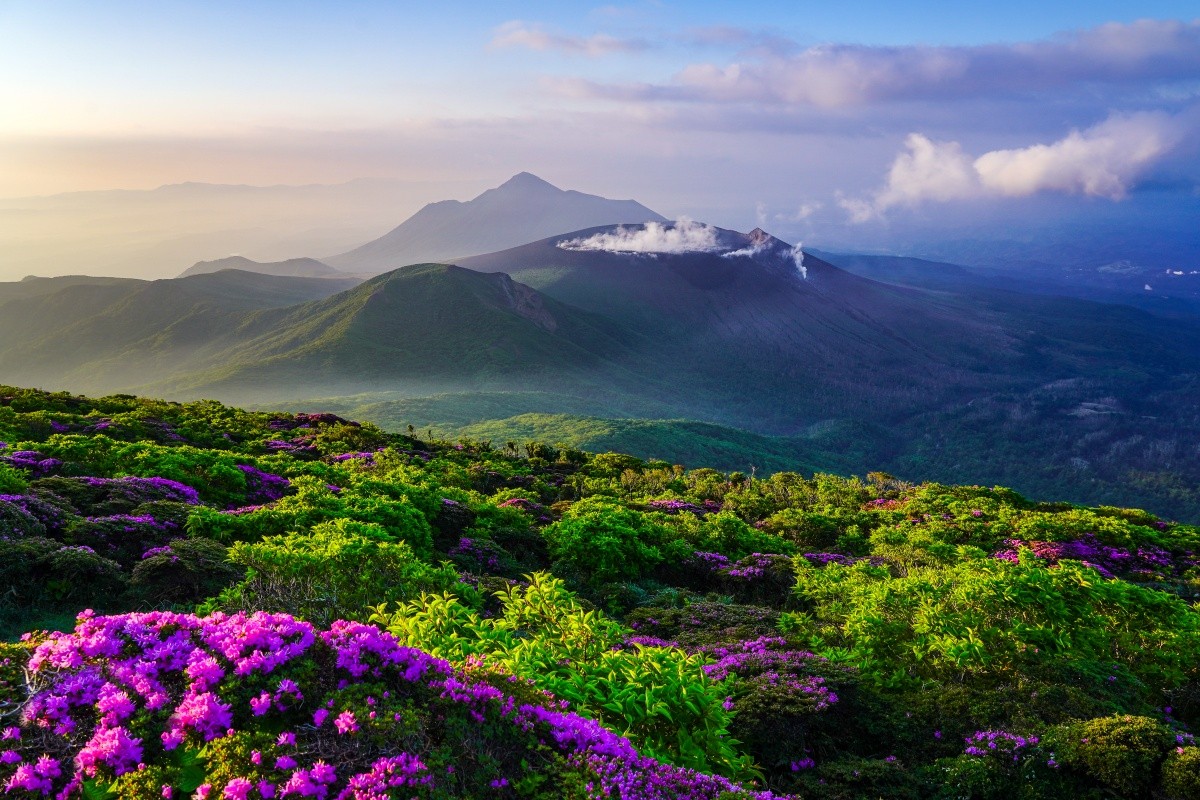
After sending Takemikazuchi to Izumo and successfully negotiating the Transfer of the Land, Amaterasu entrusted her grandson Ninigi with ruling over Ashihara-no-Nakatsukuni (the Central Land of Reed Plains).
"You see that bow-shaped chain of islands far below, in the sea beneath the clouds? Go to that land and build a rich kingdom upon it."
To aid Ninigi in his rule over the land, Amaterasu handed him three sacred treasures.
These were the Yasakani no Magatama (comma-shaped jewel), the Kusanagi no Tsurugi (sacred sword), and the Yata no Kagami (sacred mirror), collectively known as the Three Sacred Treasures.
Ninigi descended to Earth with the support of Omoikane, the god of wisdom, and Tajikarao, the god of strength.
This event—Ninigi’s descent from the heavens to rule the land—is called Tenson Kōrin, and is considered a major climax in the Kojiki.
2. From Gods to Humans: The Loss of Eternal Life
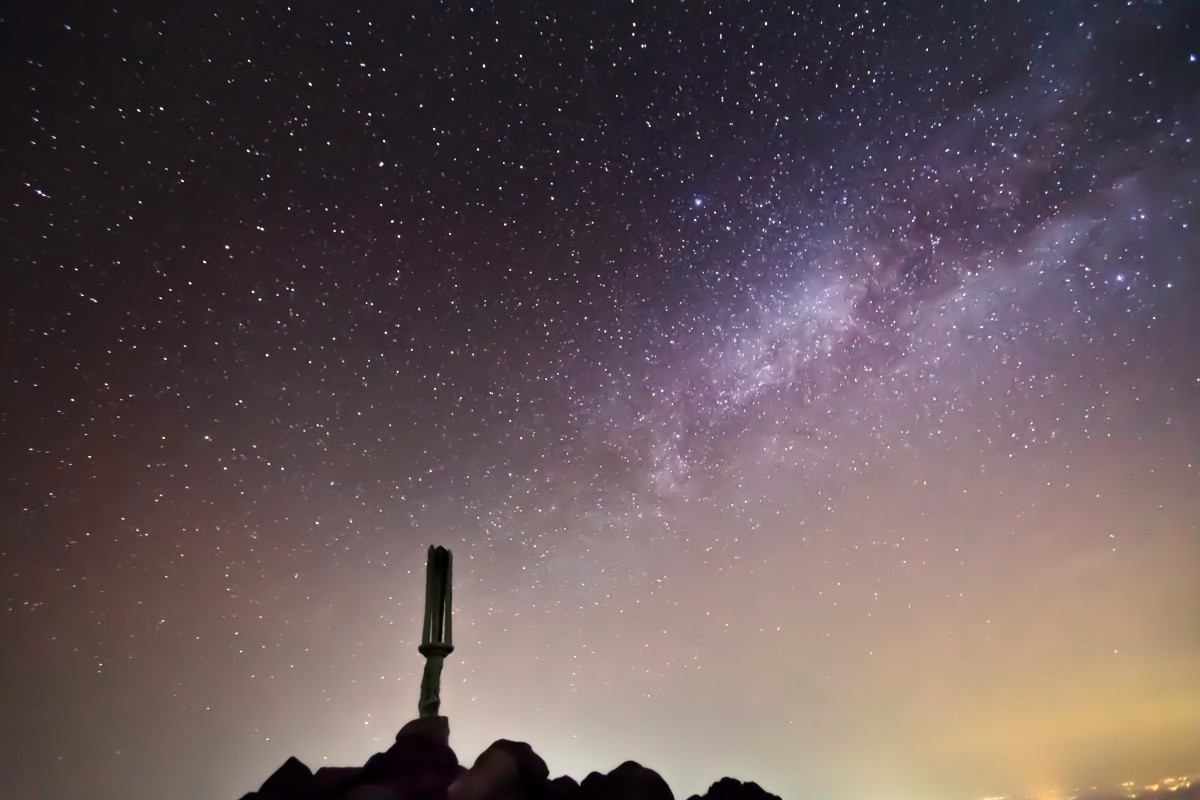
Ninigi first descended upon Takachiho (present-day Miyazaki Prefecture), the birthplace of Amaterasu.
It was in Takachiho that Ninigi encountered someone who would change his fate: Konohana Sakuya-hime (Sakuya-hime).
Struck by love at first sight, Ninigi proposed, saying, "Please, become my empress."
Sakuya-hime replied that she would first consult her father before giving an answer. Her father was overjoyed at the news.
Not only did he approve of the marriage, but he also requested that Ninigi take Sakuya-hime’s elder sister, Iwanaga-hime, as a wife as well.
This request left Ninigi troubled.
Although Iwanaga-hime had a strong and sturdy body like a rock, she was not considered beautiful. After some thought, Ninigi decided to decline marrying Iwanaga-hime.
Sakuya-hime’s father was deeply disappointed and issued a warning to Ninigi:
"Sakuya-hime symbolizes flourishing like the blooming of flowers. Iwanaga-hime, on the other hand, represents the lasting strength of that prosperity, like a rock. Without both, the children born from your union will live short lives, like fleeting flowers."
Up until then, the gods born from the divine couple had enjoyed extraordinarily long lives.
However, because Ninigi refused Iwanaga-hime, the gods gained a finite lifespan—prosperous, but ultimately mortal. This marked the beginning of the transition from gods to humans.
And it is from Ninigi’s third-generation descendant that Japan’s first emperor, Emperor Jinmu, would be born.
Emperor Jinmu’s accession to the throne is said to have taken place on February 11, a date now celebrated as National Foundation Day in Japan. Jinmu departed from Miyazaki Prefecture and moved eastward (Jinmu Tōsei), eventually founding the capital in Yamato (present-day Nara Prefecture), where he successfully unified the nation.
3. Key Points of the Tenson Kōrin Story
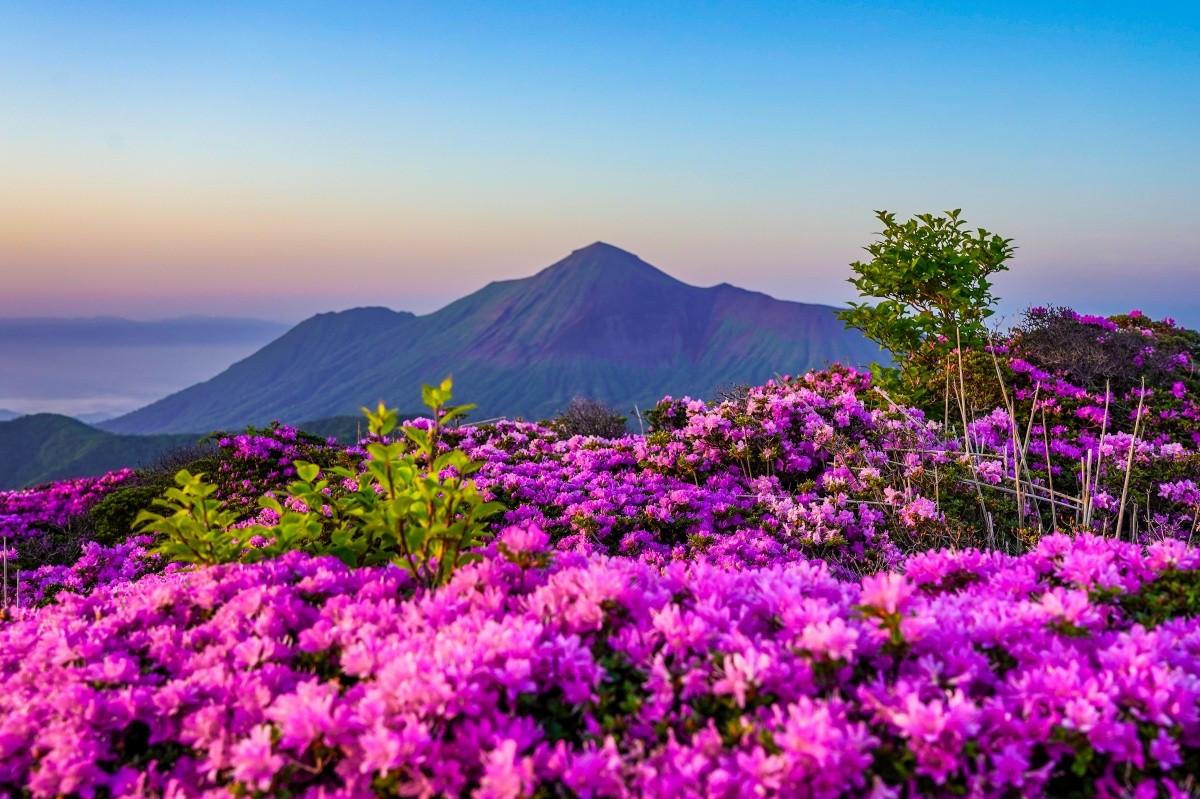
Tenson Kōrin is considered one of the highlights of the Kojiki. A major thematic focus of this story is its connection to Amaterasu’s retreat into the Heavenly Rock Cave.
Ideally, Amaterasu herself would descend to Earth and rule. However, she could not leave Takamagahara (the High Heavenly Plain). Instead, through divine elements such as the appearance of Omoikane, Tajikarao, and the inclusion of the Three Sacred Treasures like the Yata no Kagami, the story creates the sense that Amaterasu herself is symbolically descending.
Furthermore, the fact that Ninigi descended to Takachiho, the place where Amaterasu was born through the purification of Izanagi, holds symbolic significance. It’s as if her grandson began expanding his reign from her very birthplace.
The rejection of Iwanaga-hime, leading to the loss of immortality among the gods, also serves as a narrative shift from the divine to the human realm—signifying the birth of the Japanese imperial line. It strongly reinforces the idea that Emperor Jinmu, the first emperor, carries the divine bloodline of Amaterasu, and thus possesses the legitimate right to rule.
From this point, the Kojiki moves from the upper volume to the middle volume, following the imperial lineage, and concludes in the lower volume with the story of Empress Suiko, the 33rd emperor.
4. Land Connected to the Myths
Takachiho-no-mine
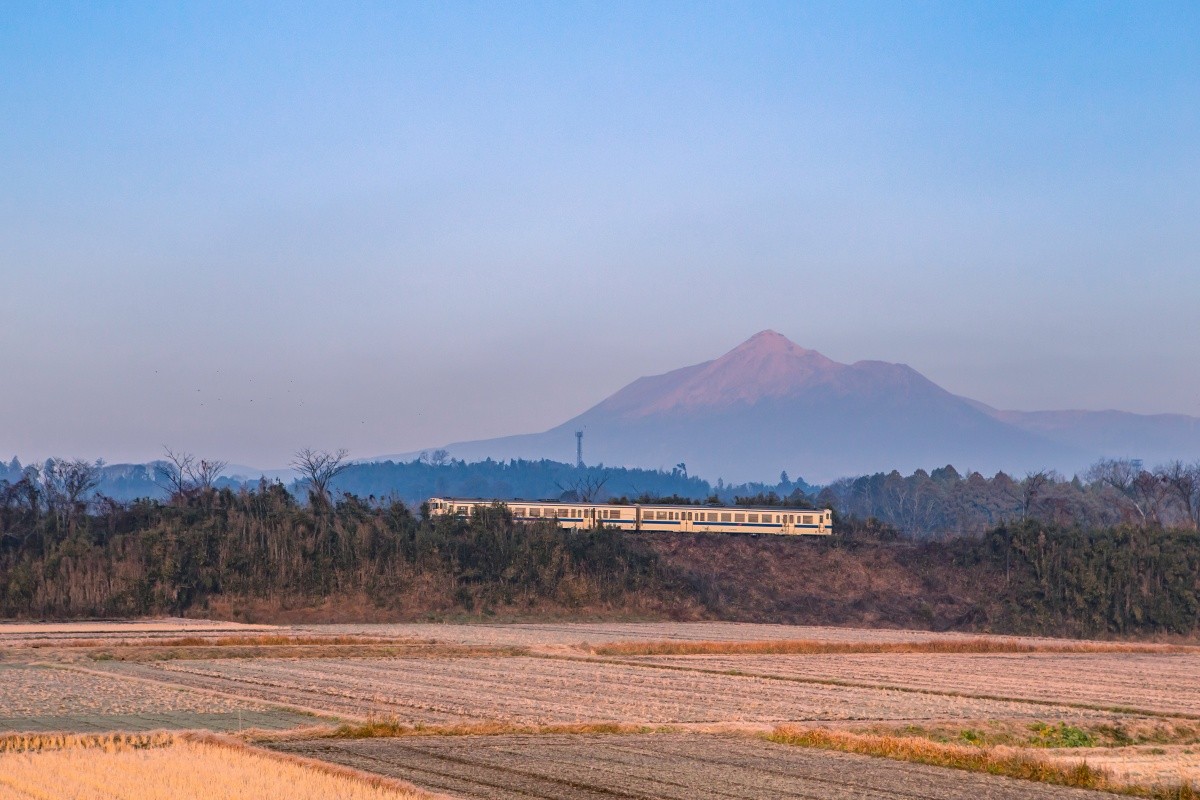
This mountain peak is believed to be the very spot where Ninigi, under Amaterasu's command, descended to earth during the Tenson Kōrin and drove his spear into the mountaintop.
Summary: The Religious Views and National Character of the Japanese People as Told Through the Kojiki
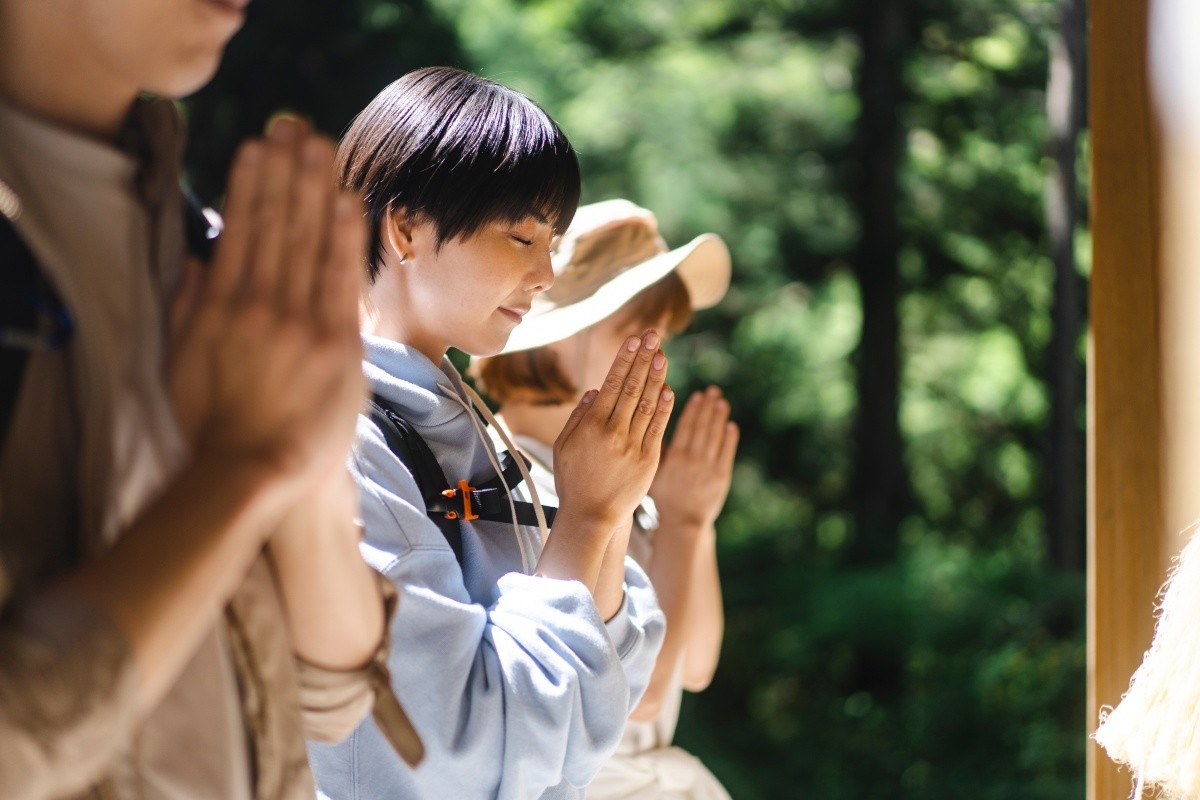
1. The gods are deeply tied to the daily lives of the Japanese
Over the course of these five articles, we’ve explored how to read the Kojiki.
In the Kojiki, many gods appear. Each has their own personality and role, and because of their very human-like traits, we Japanese are able to empathise with these deities as we engage with the stories.
Shrines dedicated to various gods can be found all across Japan. Whether it’s a god of matchmaking, academics, or traffic safety, these deities seem to offer comfort by addressing individual worries. That’s why these shrines serve as important spiritual places for people.
2. A people naturally accepting of diverse cultures
Some followers of monotheistic religions may find it difficult to imagine a life surrounded by as many gods as there are in Japan. The Japanese people celebrate Christmas, visit Shinto shrines for New Year’s, and hold funerals at Buddhist temples. It may seem like a puzzling mix to some.
However, by reading the Kojiki, you may have noticed that Japanese people have long lived with many gods as a natural part of life, and that there is a deeply rooted national character that is open to incorporating new cultures and customs. Even when Buddhism and later Christianity were introduced to Japan, they were accepted as just more of the many gods in existence.
3. The worldview of the Kojiki and Japan today
The Kojiki depicts gods performing many miraculous acts. With this in mind, Japanese people often cherish the time spent praying for unseen miracles, putting their hands together in prayer, or visiting shrines to reflect on their own feelings. Revisiting and learning from the Kojiki offers a chance to reflect on ancient Japanese views on religion and life, and to consider how Japan was formed and how it should be today. When visiting Japan, we hope you will take the opportunity to step into a shrine and experience the grand worldview presented in the Kojiki.
👉 Read the Kojiki (Yahoo! Shopping)
< Past Installments>
1️⃣ Japan's oldest history book "Kojiki". What's the story? When was it made?
2️⃣ Introducing the Japan myth "Izanagi Izanami" in an easy-to-understand manner! When was the country of Japan and God born?
3️⃣What are the Japan gods "Amaterasu" and "Susanoo"? The legend of the slaying of Yamata no Orochi is also introduced.
4️⃣What is the legend of the Japan myth "White Rabbit of Inaba"? Introducing places related to the area
< References>
- Mythology of Japan (1) Publication of Ayako Nishino Hikuma
- Mythology of Japan (2) Publishing of Yamata no Orochi Nishino Ayako Hikuma
- Japan Mythology (3) Publishing of Inaba's White Rabbit Ayako Nishino Hikuma
- Mythology of Japan (4) Publication of Ayako Nishino Hikuma
- Mythology of Japan (7) Konohana Sakuyahime Nishino Ayako Hikuma Publishing
- Japan Mythology (10) Yamato Takeru Nishino Ayako Hikuma Publishing
- Illustrated The Easiest Book of Kojiki Yuji Sawabe Saizusha
- Kojiki that you can understand interestingly well Kamiyu History Editorial Department Seitosha
- Japan Mythology Ryoichi Yoda Kodansha Blue Bird Bunko
- Japan Mythology Miyoko Matsutani Nora Bookstore
- The God of Japan Picture Encyclopedia 2 The God in Mizuka Minerva Shobo
- The God of Japan Picture Book 3 The God Who Protects Life Minerva Shobo
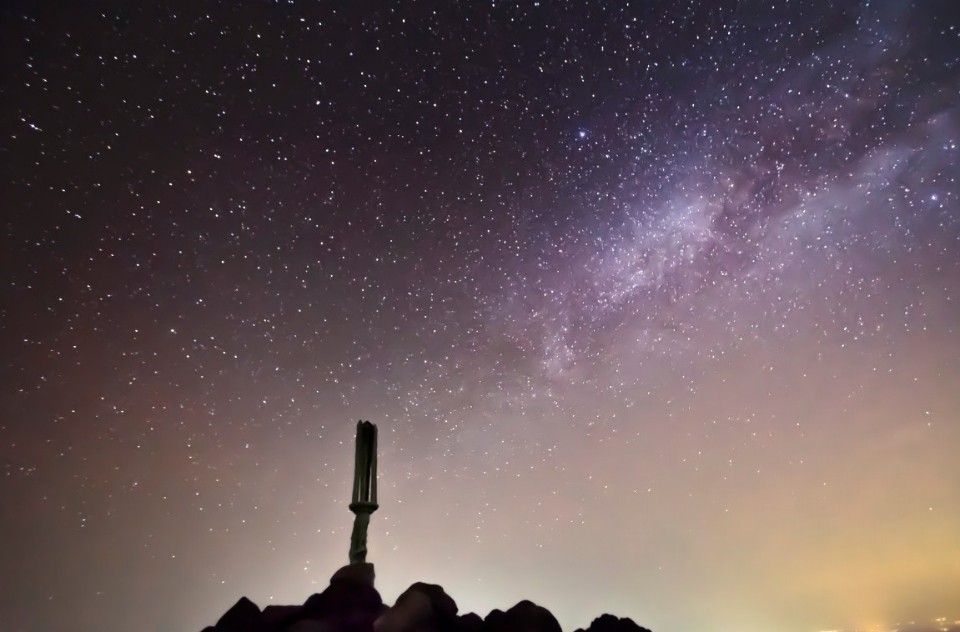

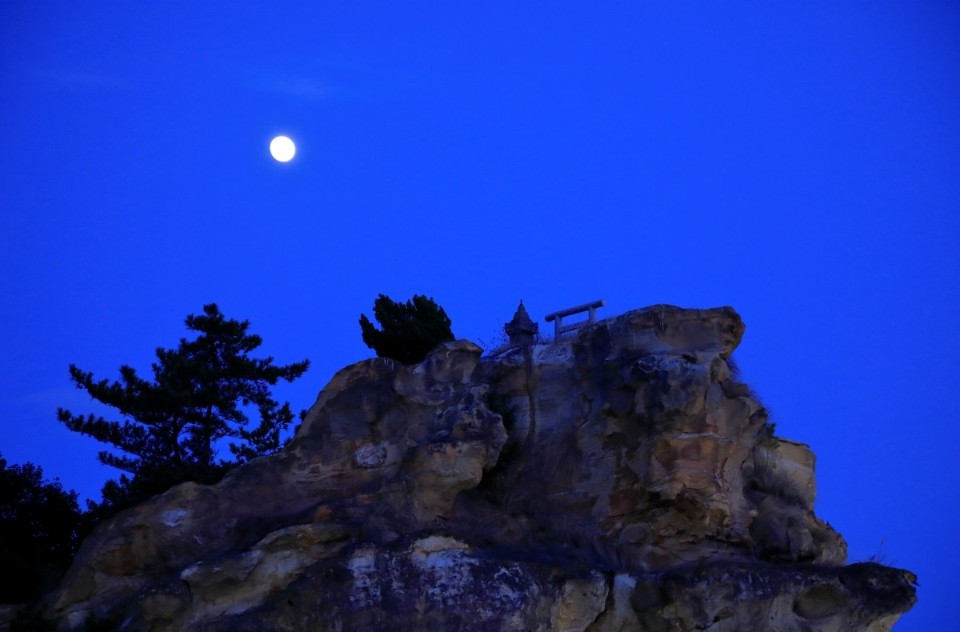

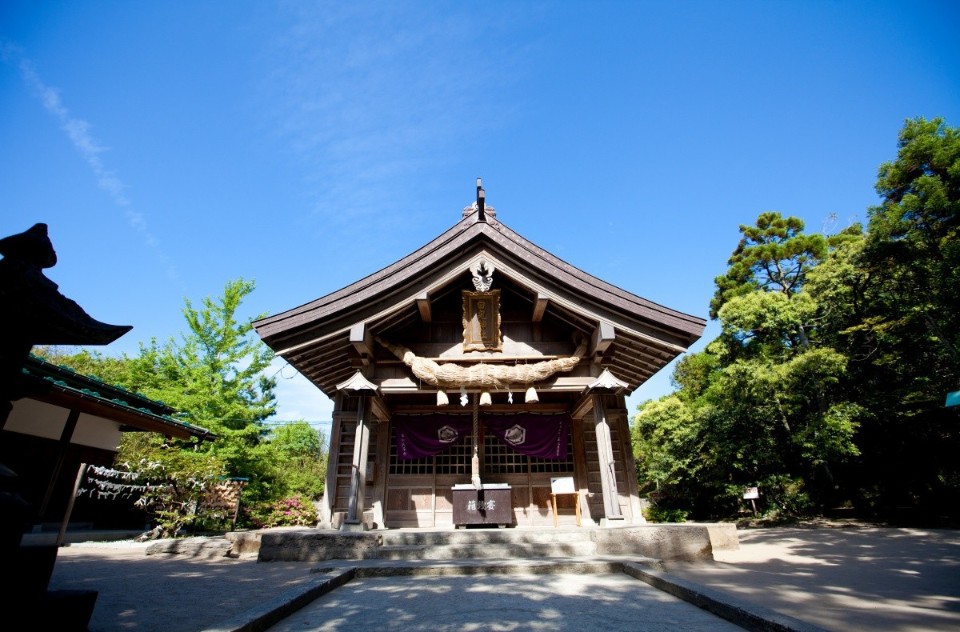
Comments